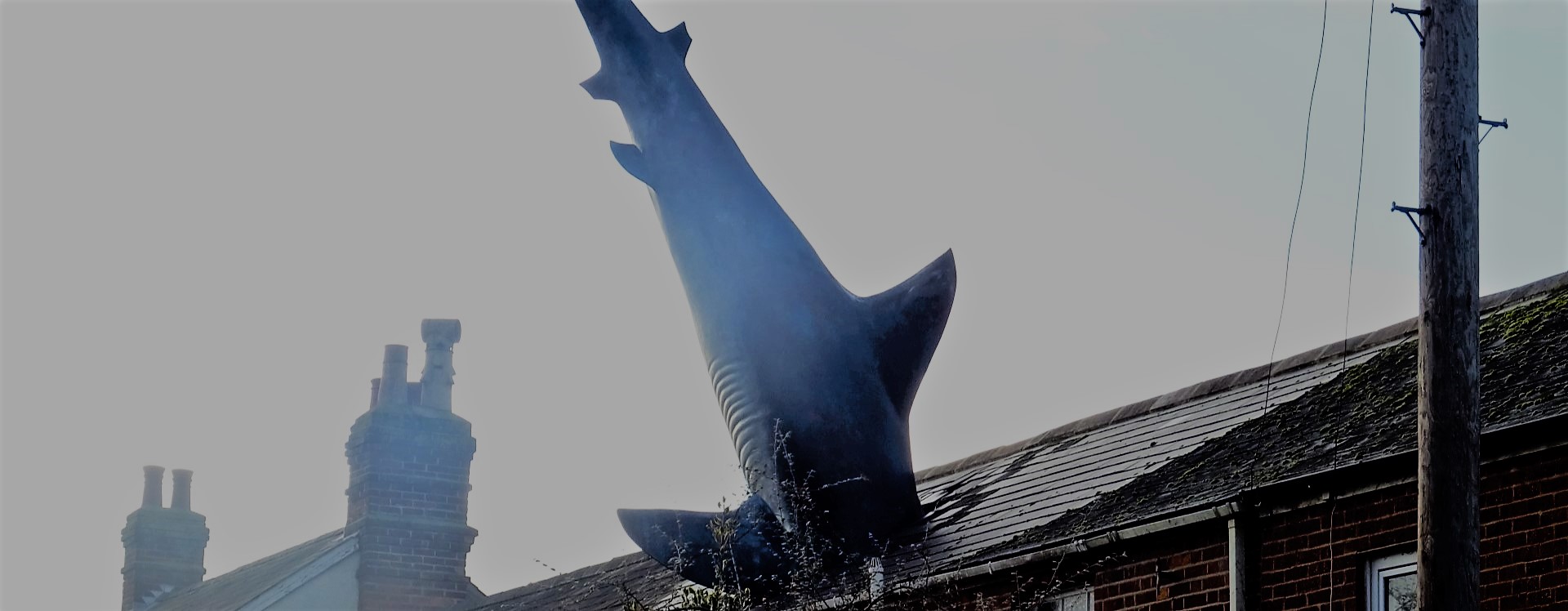Most sellers are above board, but it makes sense to be aware of tactics that we’ve seen used to trick buyers when viewing properties.
When people put their homes on the market, most work hard to make their properties look as good as possible. Ploys like baking bread and making freshly brewed coffee just before a viewing are well known, and many people remove knickknacks and repaint rooms with neutral colours in an attempt to win buyers over.
But what happens when sellers go further and attempt to deceive would-be buyers? As chartered building surveyors, we’ve come across a few less than savoury strategies that sellers use to disguise house defects during viewings.
Once you’ve decided to buy a property, here are the questions that you should be asking yourself when house hunting.
Has the property been substantially redecorated recently?
This can be interior decoration or external rendering. Of course, many sellers do this for cosmetic reasons to make the house look more appealing. However, we have seen cases in which sellers are filling and disguising more serious issues such as cracks in walls and around windows and doors.
These cracks can be warning signs of structural movement, known as subsidence.
The cracks may turn out to be nothing to worry about, but they should be investigated because subsidence can be extremely costly to correct and, if left, can leave a property too dangerous to live in.
What’s under your feet?
Take note of how the ground feels beneath your feet. New carpets, extra padding and several layers of underlay are all reported strategies for disguising uneven or damaged floorboards. If it’s a very old property, a wonky floor might come with the territory, but in any case you should check that there are no ongoing issues such as rotting wood and broken boards.
Are there any unusually-placed rugs, pictures or furniture?
One of the oldest and easiest tricks in the book. We frequently see vendors putting heavy furniture, a picture frame or rug over a defect, hoping that buyers will be too polite to poke around and see what’s hidden behind.
Do all the doors and windows work properly?
Buyers should check that all the doors close easily and fit their door frames – if they don’t, this could be a sign of recent movement of the walls and can indicate subsidence or unstable foundations. In particular, look out for doors propped open with doorstops to try to discourage you from shutting them.
Is the heating blaring with all the windows open?
This is fairly common at this time of year. It is probably innocent, but heating up a house and opening up the windows will go a long way to remove signs of damp, that can otherwise promote the growth of mould and rot and even cause health problems.
Sellers have also been known to use a fresh lick of paint to hide stains from damp and mould.
Are the gardens newly landscaped?
Japanese knotweed, a highly invasive plant that can grow up to 10cm/day in spring and costs thousands to remove, should be on every house buyer’s radar. Its presence can not only make getting a mortgage difficult, it has been known to damage tarmac, walls and even foundations.
In winter the leaves fall and it can be hard to spot at the best of times, but if it has been cut back then buyers might not see regrowth until they move in and it’s too late.
If a garden has been recently landscaped, check out resources like PlantTracker (https://www.planttracker.org.uk/map/knotweed) to see if Japanese knotweed is common in the area. Look at neighbouring gardens too for signs of the plant.
Is there any patchy roofing or brickwork?
It’s not unusual for homeowners to need to replace a couple of roof tiles from time to time. But, if the vendor can’t provide a good reason (and, ideally, paperwork) for the building works, ask yourself if they could be patching up a serious issue. A thorough inspection is recommended to determine what kind of repairs will be needed.
Are there any access issues?
Will the vendor only allow viewings at a certain time of day? If so, it’s worth trying to pop by at alternative times to check that they’re not hiding noise issues from rush hour traffic, nearby schools or even nuisance neighbours.
Similarly, if a seller tries to discourage you from looking at a particular area of the house, try to insist that you view it. We have seen vendors nail up loft hatches to prevent access, potentially hiding problems with leaking roofs, poor insulation, rotting timbers and infestation.
Do I need a building survey?
Buyers can be tempted to skip building surveys to save money at a time when budgets are already stretched. However, this could be a false economy. Although it will cost several hundred points, a full building survey will provide detailed advice on defects the property currently has, what maintenance it is likely to need, and also potential hidden defects. The types and costs of repairs will also be included in the report.
Armed with this information, buyers are knowledgeable enough to decide whether or not to proceed with one of the biggest financial commitments of their lifetime. In addition, evidence of defects is frequently used to negotiate the sale price and buyers often save many times the survey fee, either by reducing the house price or by avoiding expensive repairs.











